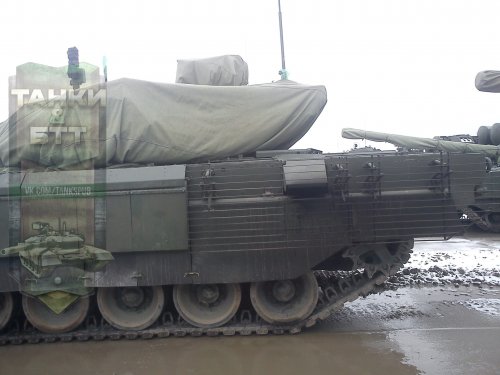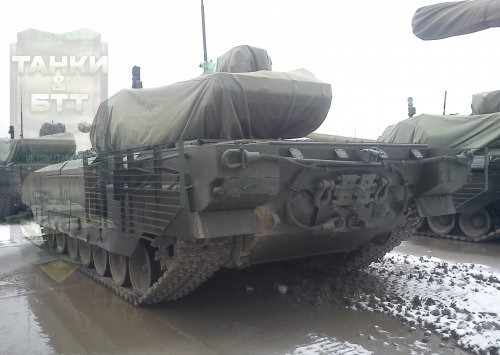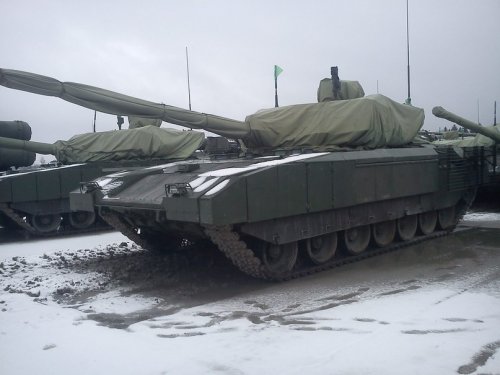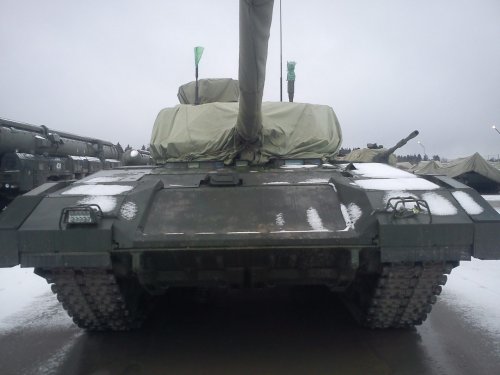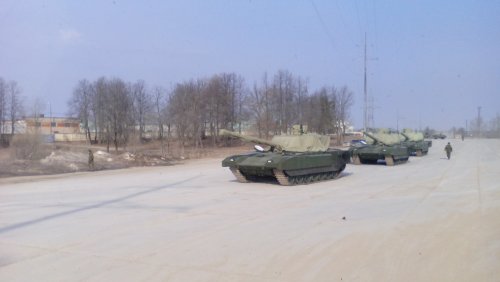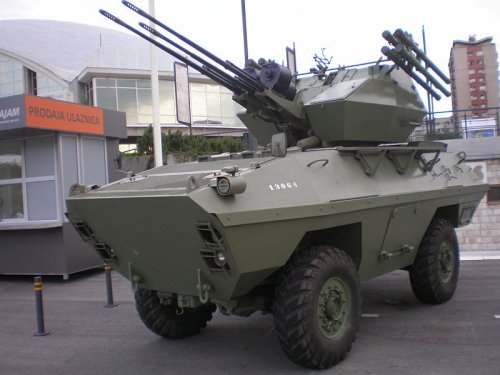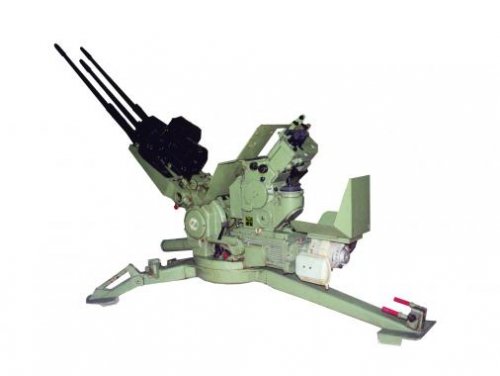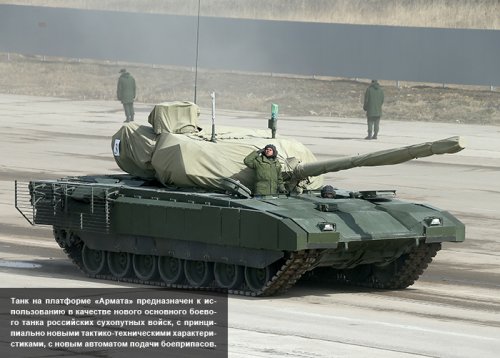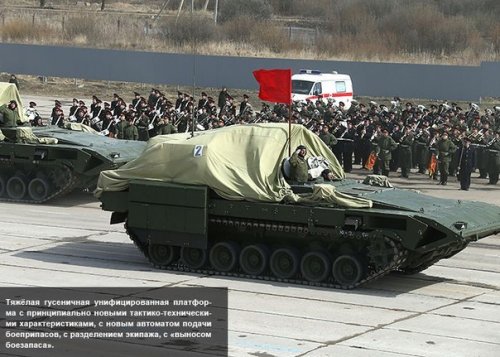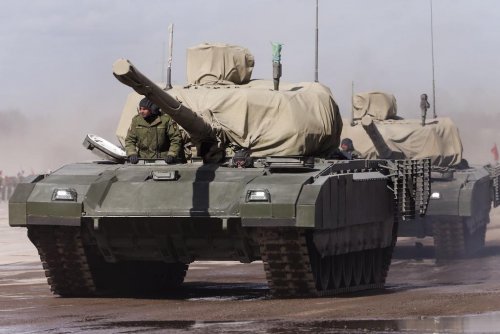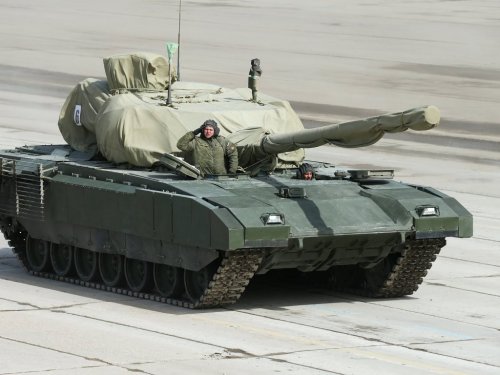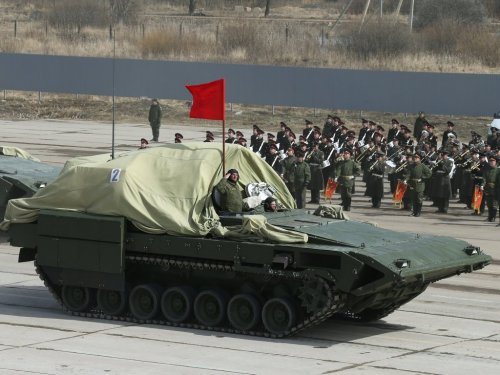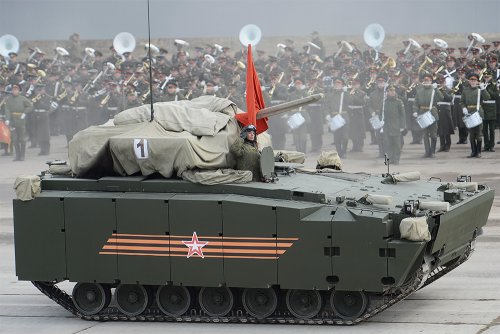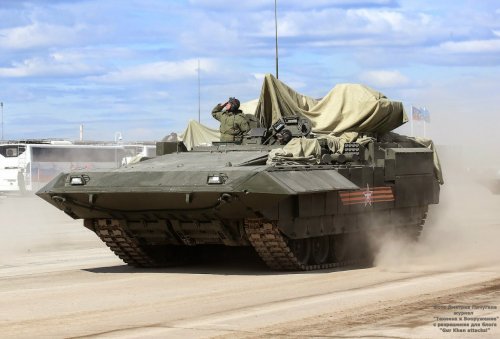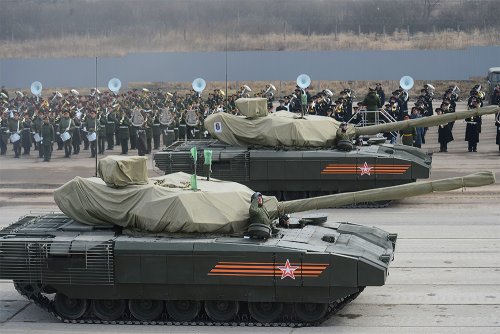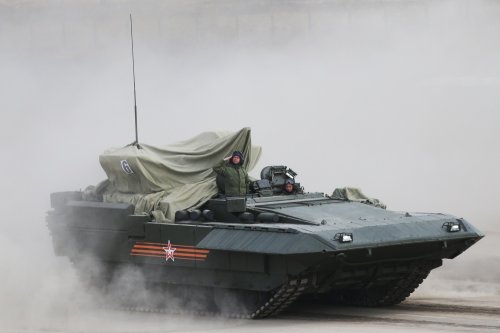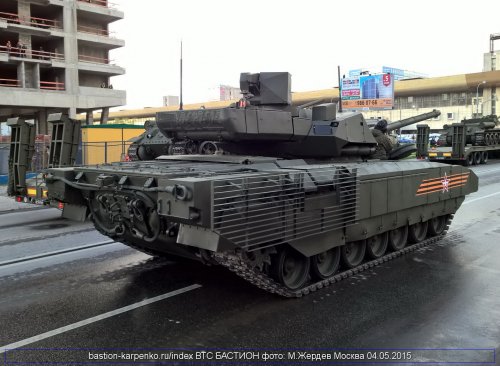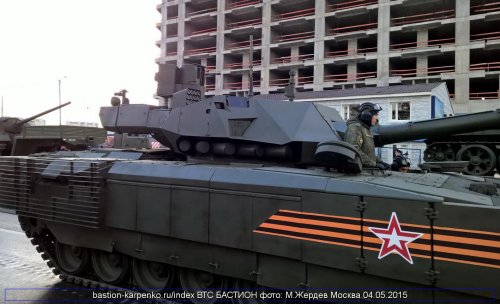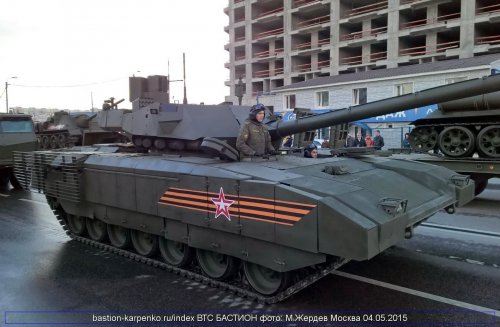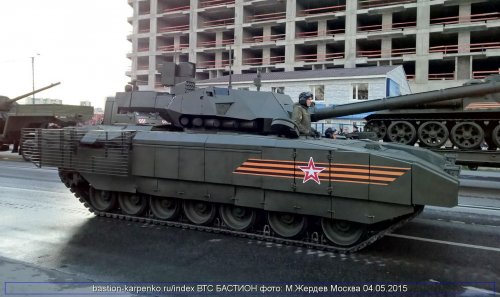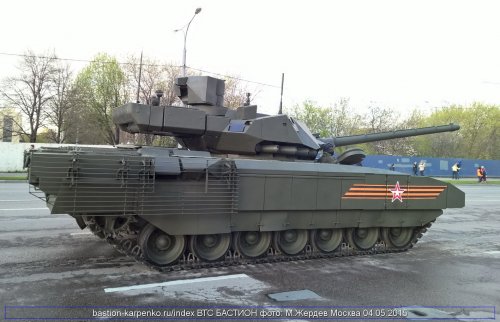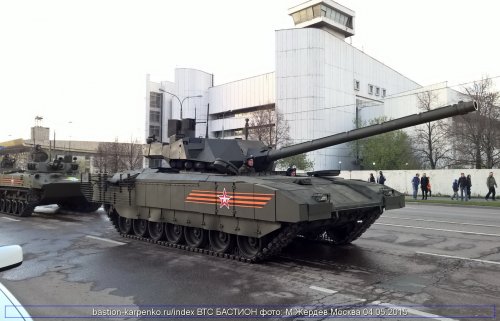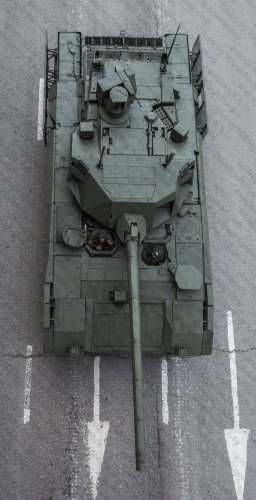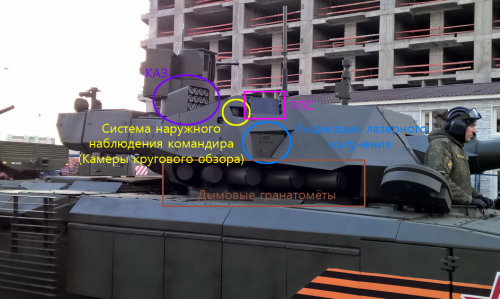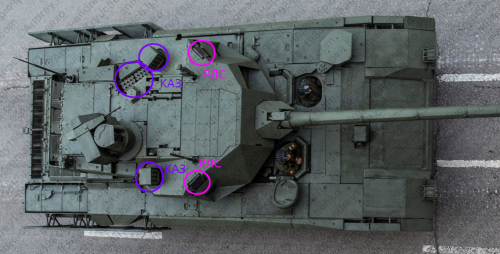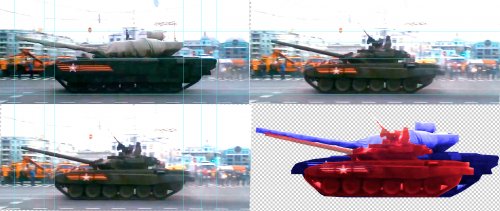- Joined
- 27 March 2006
- Messages
- 1,870
- Reaction score
- 1,617
I don't think it was worth taking that fan art/CGI seriously anyway....it probably only provided a "flavour" of some of the Armata features.
I'm not to sure this looks like an "ordinary tank", if one considers a few things.
Just a couple of personal observations, that may or may not be correct.
Most of the productionised Soviet/Russian postwar tanks have followed a format, being made as compact as possible. One needs to see the T-series tank next to it's counterparts to fully appreciate this.
Thus, its size is already a departure from the ordinary.
The engine bay looks quite large too.
There is a crew member sitting halfway out of a hatch that appears alongside the turret near the front. This is unusual.
It has been pointed out on other sites that the hatch itself looks very thick.
There doesn't appear to be a bore or fume excavator on the main armament. If one looks at the canvas screen that is covering the turret, there appears to be a large rear turret bustle, which together probably means the entire turret is very likely unmanned with an autoloader and magazine.
The main armament also appears to be mounted higher than on previously produced Soviet/Russian tanks, which was a function of trying to keep it low and compact.
From what can be gathered, it likely has a crew of 3 all in the hull.
Either way, the above is mine and others speculation, based on grainy or indistinct images.
No doubt much more will be revealed and clarified over the next 6 or 7 weeks....
I'm not to sure this looks like an "ordinary tank", if one considers a few things.
Just a couple of personal observations, that may or may not be correct.
Most of the productionised Soviet/Russian postwar tanks have followed a format, being made as compact as possible. One needs to see the T-series tank next to it's counterparts to fully appreciate this.
Thus, its size is already a departure from the ordinary.
The engine bay looks quite large too.
There is a crew member sitting halfway out of a hatch that appears alongside the turret near the front. This is unusual.
It has been pointed out on other sites that the hatch itself looks very thick.
There doesn't appear to be a bore or fume excavator on the main armament. If one looks at the canvas screen that is covering the turret, there appears to be a large rear turret bustle, which together probably means the entire turret is very likely unmanned with an autoloader and magazine.
The main armament also appears to be mounted higher than on previously produced Soviet/Russian tanks, which was a function of trying to keep it low and compact.
From what can be gathered, it likely has a crew of 3 all in the hull.
Either way, the above is mine and others speculation, based on grainy or indistinct images.
No doubt much more will be revealed and clarified over the next 6 or 7 weeks....

